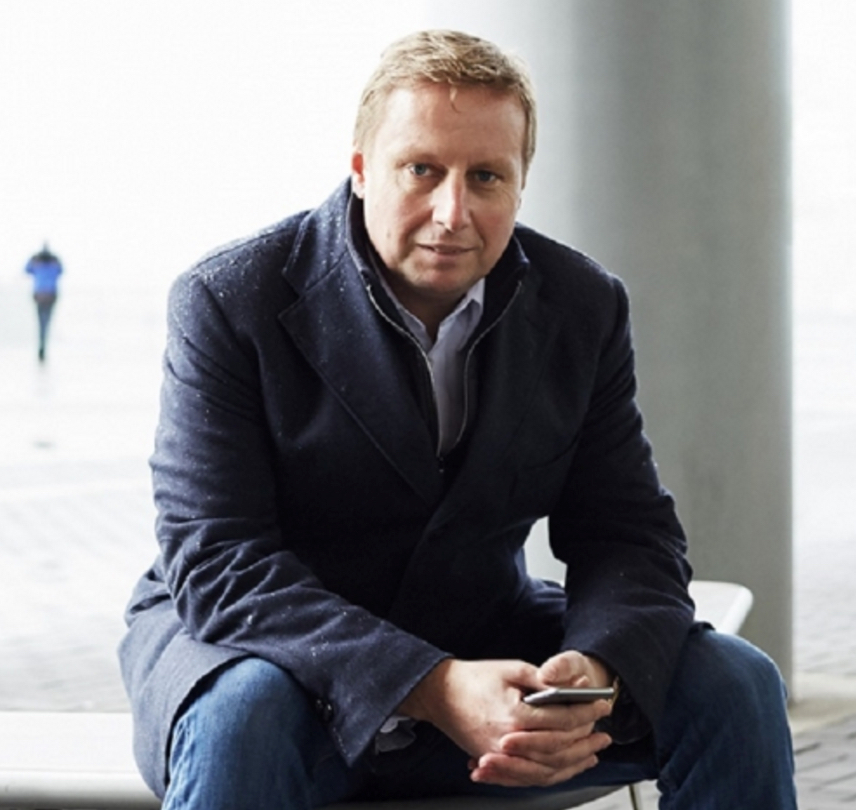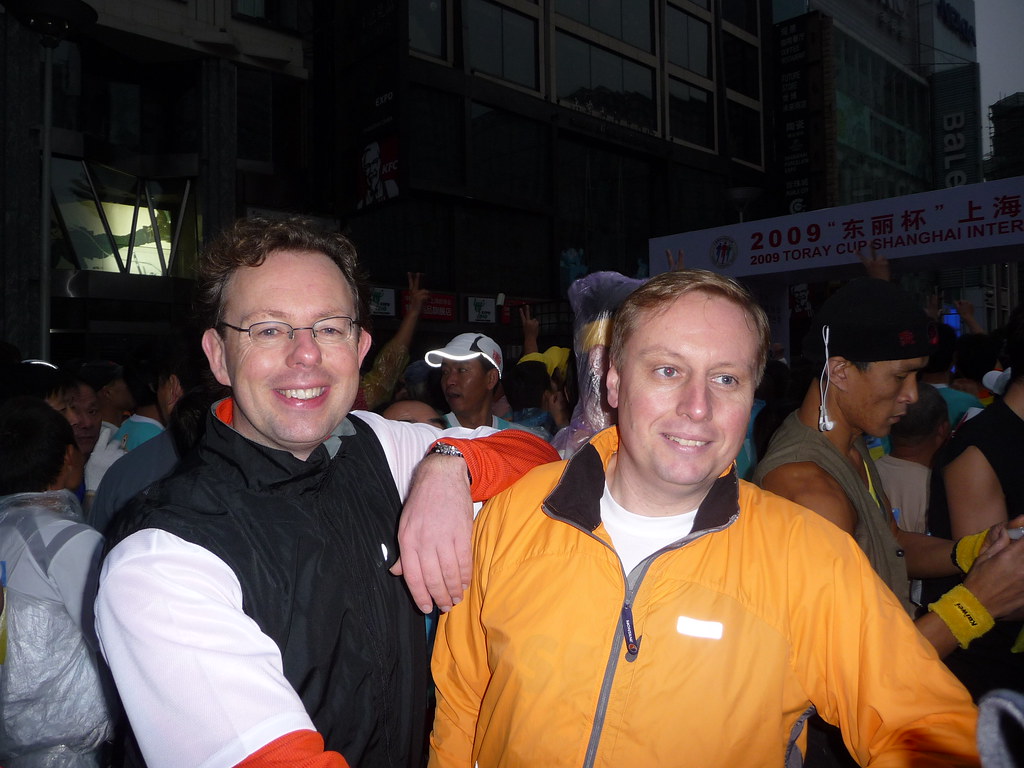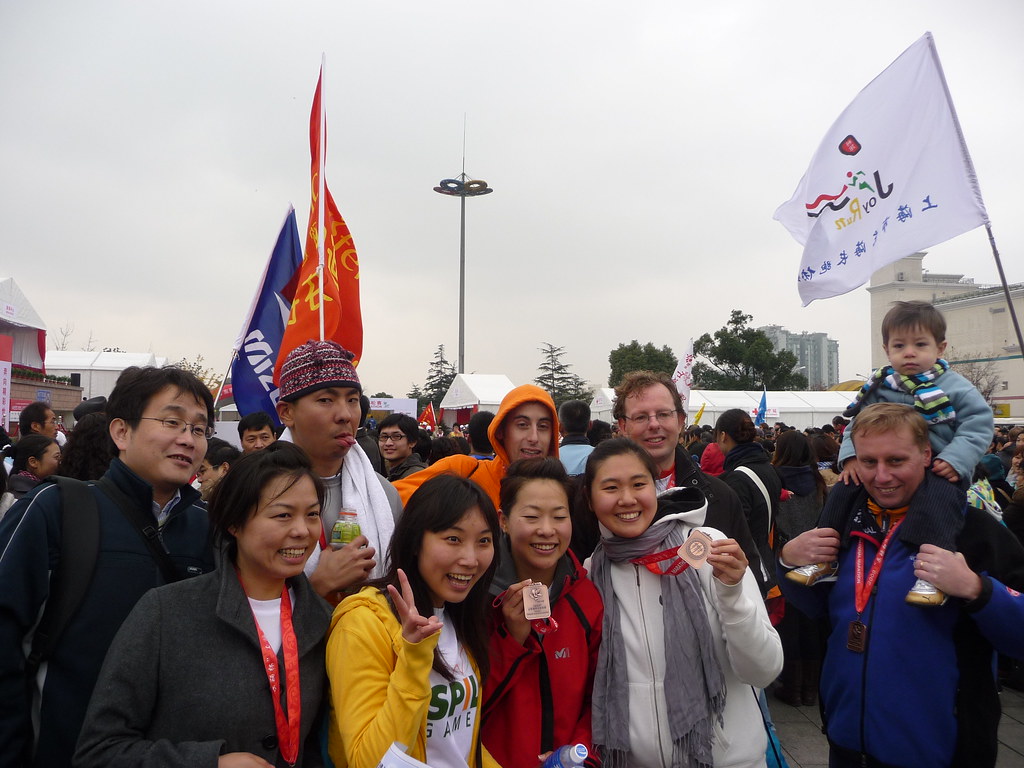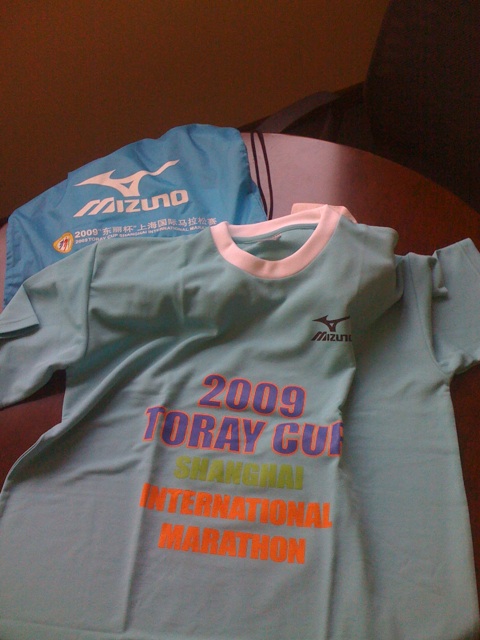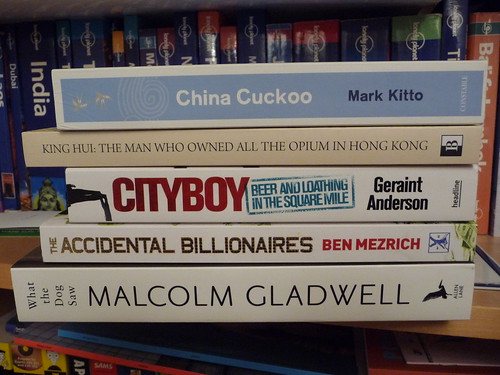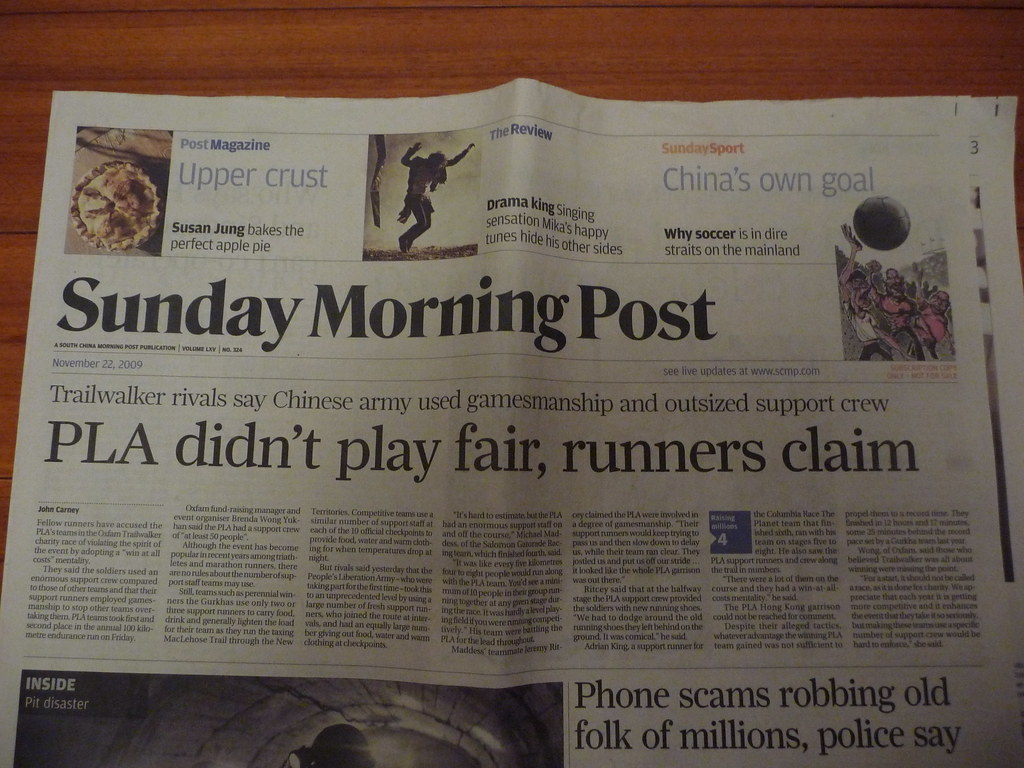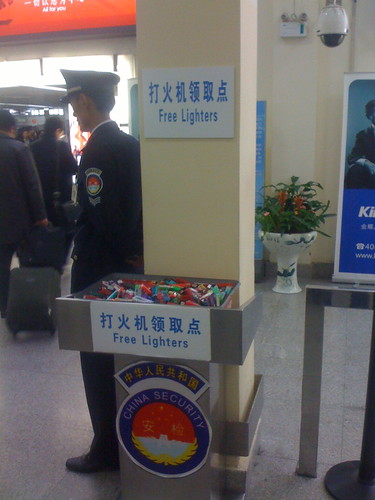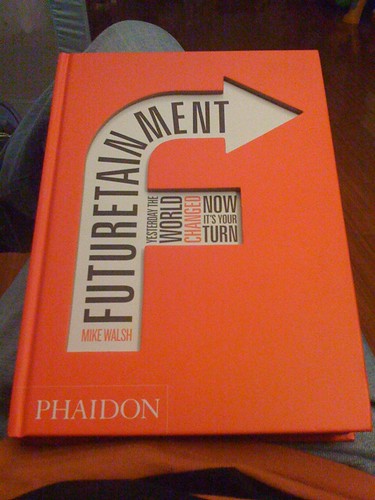 This weekend my wife had an INSEAD girlfriend get-together in Hong Kong and I decided to join her. Normally when she goes shopping (the main activity during this kind of women-weekends) I can enjoy a coffee and a good book in one of Hong Kong’s many cafes or go for a run in the hills, and so that’s what I did.
This weekend my wife had an INSEAD girlfriend get-together in Hong Kong and I decided to join her. Normally when she goes shopping (the main activity during this kind of women-weekends) I can enjoy a coffee and a good book in one of Hong Kong’s many cafes or go for a run in the hills, and so that’s what I did.
We left Shanghai on Friday morning and arrived in Hong Kong just after lunch. As usual China air traffic control caused the flight to be delayed, the third time in a week that planes I took were delayed (Monday 2.5 hours flying to Beijing, Wednesday 3 hours and Friday just over an hour). Upon arrival we went to our hotel straight away. We had decided to try out the brand new Upper House, a luxury boutique hotel high above Pacific Place. I expected a normal 5-star hotel but what we got was much better.
The experience starts upon arrival, there is no check-in but 2 hotel staff (very stylish ladies) accompany you to your room where they check you in with a signature on a mobile device. They also explain the room to you, because it has a lot of interesting features and is quite high-tech. The room itself was huge, I think about the size of 2 rooms in the JW Marriott (the hotel that occupies the floors below the 38th floor in the building). When you enter you come into a big bedroom, that also has a couch in front of the windows (with a great view of the mountains, the city and Victoria Harbour). Close to the entrance is a working and kitchen area, with among others a well-stuffed mini-bar and wine fridge. The mini bar contents are for free, you can drink as much as you like – except for the bottles of wine, that were very decently priced. Each room also has its own Illy X7 espresso machine and jars full of among others cookies, M&M’s, and roasted almonds (eat as much as you like!).

The room is quite high tech. There is no standard hotel directory, but you get an iPod Touch with all the information you might need on it. Pretty cool. The hotel also has a sound system, with speakers in every room, and with a connector for your own iPod, iPhone or computer. It worked great, so we had good music during our two-day stay here. Another interesting feature is the TV in the bathtub room: if you press the remote control, part of the mirror turns into a TV. I had never seen this before, but I would not mind having this in my own bathroom in the future.

The bathroom was quite something as well. It was huge, with a separate area for a rainforest shower and for a very big bathtub, both with a view over downtown Hong Kong and the mountains on the South side (our room was on the 43rd floor). The washing basins were in a different area of the bathroom, just as the toilet. Everything was very luxurious and no detail was overlooked. Even the phone in the toilet was a Jacob Jensen! The room also has a dressing room / walk-in closet, so you don’t have to put your suitcases in the bedroom like in most other hotels, and with enough space to hang clothes for at least a week.
I have to admit that I was impressed. I have stayed in quite some high-end hotels, but of the city hotels that I have stayed in this was probably the best that I ever spent a night at. I don’t want to compare it to tropical resorts, because you should not compare apples with oranges, but for a city hotel I don’t think you can get it much better. Of course this kind of hotel does not come cheap, but for me it was absolutely worth it. On a business trip I would not stay here, for work I normally try to stay in more budget oriented hotels (my standard HK hotel costs about 25% of the price of this hotel per night), but for private trips I don’t mind spending a bit more for a luxurious experience. At the moment the hotel has specials because they just opened, so if you want to try it out now is a good time. By the way, Upper House has a sister hotel in Beijing, Opposite House, that (at least judging from the outside and the entrance) looks just as special. I had dinner there last Monday and spent an hour working in their lobby, and was also quite impressed.
The trip itself was a lot of fun. On Friday afternoon my wife and I walked around Central, doing some shopping (I bought a large number of books at Dymocks!) and enjoying drinks in one of the many cafes. At night we had dinner at M at the Fringe, the Hong Kong version of Shanghai’s M on the Bund. M at the Fringe will close in late December, so it was the last time we could have dinner here (probably more about the M chain of restaurants soon in another blog post). After dinner we spent some time in Lan Kwai Fong before getting a good night’s sleep. Saturday morning I started by making some espressos and reading the South China Morning Post on the couch. A relaxed start of the day. Later we took the ferry to Discovery Bay for brunch with friends who live there.
 In the afternoon my wife went shopping with her girlfriends, and I went back to the hotel to work a few hours. After that I went for a run on Bowen Road. As most runners who have ever stayed in downtown Hong Kong probably know, Bowen Road is one of the best places to run. The road starts above Admiralty, about a kilometer up (follow the foot path past next to the Peak Tram up until the 2nd bridge). From there you can run for about 4 kilometers on a flat surface overlooking the city. There is no traffic for most of the road, just a lot of other runners and hikers.
In the afternoon my wife went shopping with her girlfriends, and I went back to the hotel to work a few hours. After that I went for a run on Bowen Road. As most runners who have ever stayed in downtown Hong Kong probably know, Bowen Road is one of the best places to run. The road starts above Admiralty, about a kilometer up (follow the foot path past next to the Peak Tram up until the 2nd bridge). From there you can run for about 4 kilometers on a flat surface overlooking the city. There is no traffic for most of the road, just a lot of other runners and hikers.
Half way Bowen Road you can take a right to go up into the mountains. I had planned to do that, but missed the turn and eventually ended up at the end of Bowen Road. From there I ran up a bit further until the trail that I was following suddenly stopped. So I decided to take it easy and slowly run back. I thought I had run about 10 km, but when I later mapped the route on DailyMile.com it turned out to be 13.5 km. Not a bad training, especially considering the hills and the hard surface (I normally run on a treadmill). After a hot bath at the hotel I felt reborn!
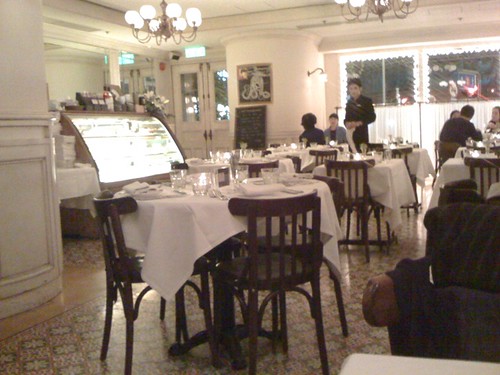 At night I headed to Causeway Bay for a dinner with friends at Agnes B. – Le Pain Grillee. A very nice
At night I headed to Causeway Bay for a dinner with friends at Agnes B. – Le Pain Grillee. A very nice
and cozy French restaurant on 111, Leighton Road. We had some excellent food and wines there; I’d recommend the restaurant to others. After dinner we walked around a bit before ending the night in the hotel room reading a picture book about the history of Hong Kong while having some drinks from the minibar (and listening to a Buddha Bar CD on the sound system).
On Sunday I again started the day with the SCMP and an espresso, before heading for a Dim Sum brunch at Zen with friends. After lunch we decided to take an earlier flight back to Shanghai, because we both missed our kids. So we went over to IFC to check in and managed to get the last seats on the 3 PM Dragonair shuttle back home. I look back at a fantastic weekend: good food and wine, interesting talks with my wife and with friends, lots of new books and clothes, and even a good work-out session in the hills. I wish I would have time to do this more often.
